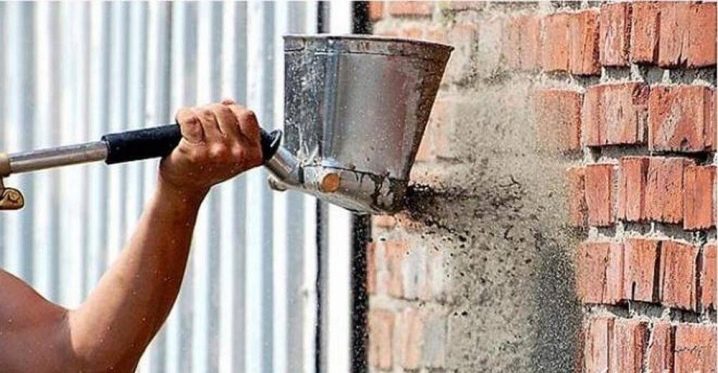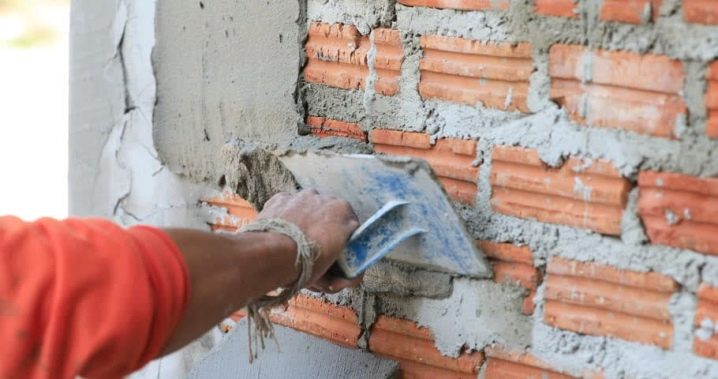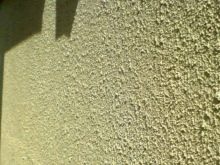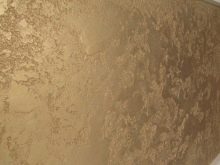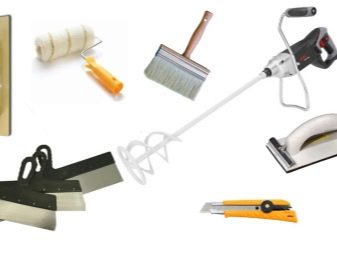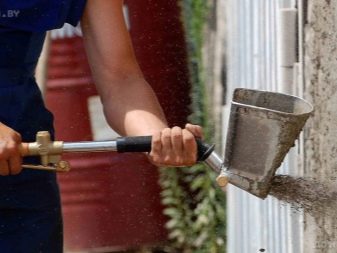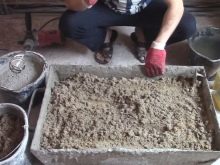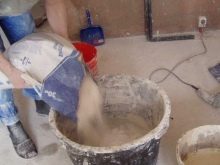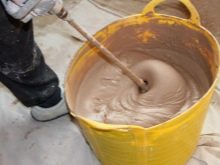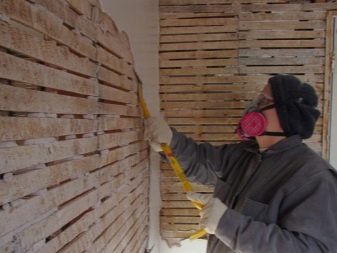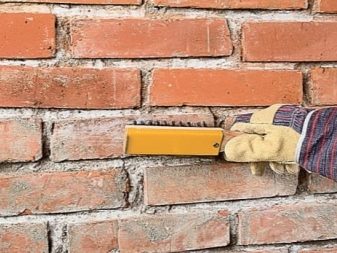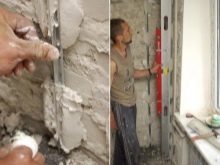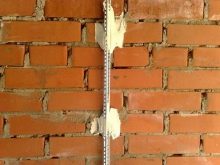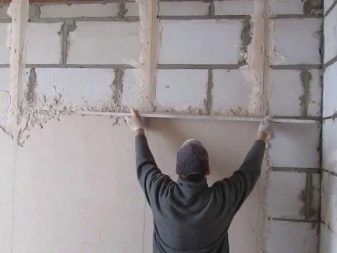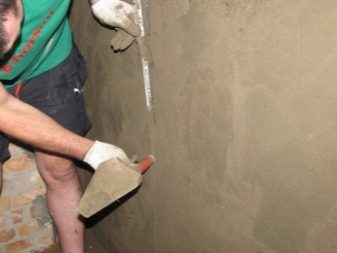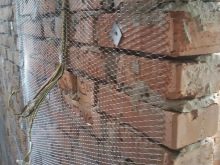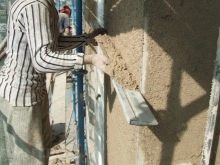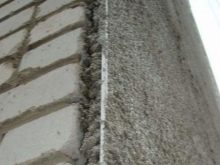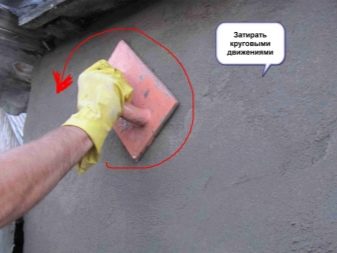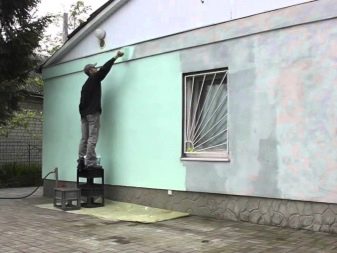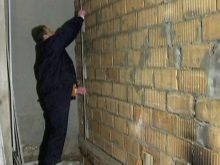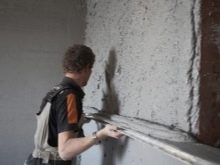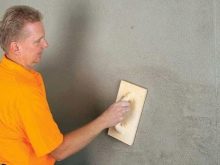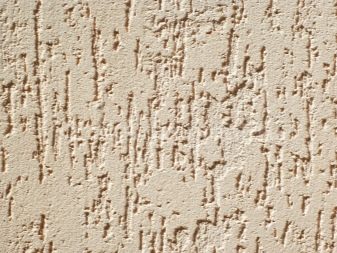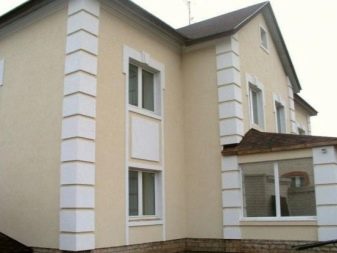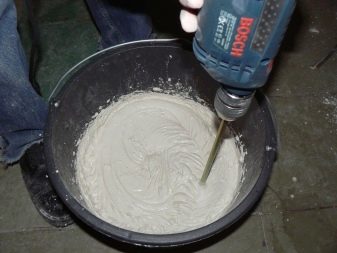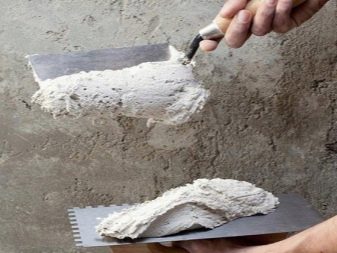How to plaster a brick wall?
The moment of finishing is very important during construction and repair work. It should be borne in mind that virtually anyone can plaster a brick wall independently; experience and special skills are not required in this case. If you carry out the work correctly, its result will please for many years and no problems will arise. The main condition is the observance of the rules and nuances of the process, which we will discuss in our article.
Types of plaster
The first problem faced by finishers - the correct choice of plaster. It depends not only on how smooth the walls become. The material also protects the surface from moisture, can provide a decorative function, in addition, helps to improve sound and thermal insulation. Plaster can be divided into several types depending on the scope of its application:
- ordinary;
- special;
- decorative.
Conventional plaster is usually used in areas where further finishing is planned. It can be used as a base for paint or wallpaper. Special perfectly protects against moisture, helps to enhance sound and heat insulation. Decorative can be made in different colors and textures, usually used for outdoor work.
For quality work is very important the right choice of solution. It consists of sand and a special binder, most often cement, gypsum or clay. The type of solution should depend on the place of its operation.
Required tools
The next significant point is the selection of tools. It should be borne in mind that the lack of necessary items can disrupt the course of work and will not allow to achieve the desired result. So, you will need a container in which the solution, mixer or paddle will be diluted for mixing, a brush or roller for application, a scraper, a chisel, a perforator, level, a drill, a tape measure, a trowel for removing corners, a grater, an atomizer for wetting the surface, plumb pencil rule.
In order to speed up the progress of work, it is advisable to use a plaster gun. He perfectly copes with spraying the composition on the wall. In this case, the result is better. Due to the pressure, the solution adheres better to the surface, filling irregularities, and the process itself takes place much faster.
How to prepare a solution?
When plastering a brick wall can be used as a cement and plaster mortar. They differ in certain parameters. Gypsum needs to be mixed in small volumes, as its setting time is rather short. Cement withstands longer periods, so it is advisable to prepare it in larger quantities. The final drying time also depends on this - if in the situation with gypsum this process takes up to a week, the cement mixture will finally dry out only in a month.
There are 2 ways of plastering the surface, which are characterized by the presence of beacons. In this case, the solution in both cases is prepared equally. It happens as follows.
First of all, it is necessary to sift sand, removing garbage from it.Next, the cement is added in proportions of approximately 3: 1 and thoroughly mixed to a smooth consistency. After that, water flows in. Stir the solution is required constantly. If proportions are not observed, adhesion may deteriorate. Using a drill, the solution is mixed thoroughly, and then left for a few minutes.
In order to increase the plasticity of the solution, you can add latex, a dispersion of PVA or a plasticizer. It is recommended to use the mixture in the next 1.5 hours. When thickened, you can add some water to it.
Preparatory stage
An important step is the preparatory work. It includes several items that cannot be ignored. First you need to check the availability of tools. This is followed by surface preparation.
The walls need to be carefully examined. Loose bricks, if any, are secured with cement or foam. Cracks and chips are smeared, the deformed areas are removed. If this is not done, the plastered surface may begin to collapse fairly quickly. Old composition must be removed.
Plumb will help to identify defects and surface irregularities. Seams are cleaned, dirt and dust are removed. The rest of the surface is also cleaned, after which it should be primed. It is the primer that will help the materials to bond better. The next item is the installation of lighthouses.
For a start in the upper corners are installed screws, protruding a couple of centimeters above the surface. Plumb lines are put, screws should be fastened behind their cords. Next, the harness is stretched, which forms smooth lines horizontally, and under them beacons, the distance between which is 2 meters. Fixation points should be located 20 centimeters apart. As a result, the wall will have vertical dividing strips.
Technology works
Correctly plastering a brick wall is easy, you just need to strictly adhere to the technology. Beginners quite often have a question about whether to delete beacons. Experts respond positively, explaining that the execution of this item will save from the mass of problems in the future. After all, even galvanized elements will eventually corrode, which will negate the work done.
It should be borne in mind that plastering on the street and in the room has its own nuances. Let us dwell on them in more detail.
On the street
If the work is carried out not inside, but outside the room, the preparatory stage should not be neglected. If the house is old and has already been carried out exterior repair of the building, first of all you need to get rid of dirt and dust. In any case, you will need to moisten the facade, which can be produced using a regular watering can or spray gun. Further, the surface should be primed.
You can use a special grid. It is fixed before starting work, and the mixture is applied from above. Leveling plaster produced from the bottom up, focusing on the beacons. In order to achieve a perfectly flat surface, you should use a rule.
The solution is recommended to be applied in a thin layer. If you make a few tricks, shrinkage cracks will be less. The first layer is needed to fill the pores and provide a more durable bond to the materials. The second is applied only on a dry surface, so it sticks better and is more firmly held. The solution in this case is applied more dense.
For greater adhesion to the upper layer, the surface should be brushed with a metal brush. The topcoat should be lined with a thickness of 2 millimeters.
After all the manipulations done grouting. This will require a grater, which must be moved counterclockwise. Once the grout is complete and the walls are dry, you can start whitewashing.
Inside the house
If the repair is carried out in the apartment, the work should be carried out as follows. Lighthouses should be firmly fixed on the surface to be wetted. The solution is primarily filled with cracks and irregularities on the walls. As soon as the first layer has dried, the main part of the plaster is applied, the thickness of which depends on the level of the beacons.
The mixture is leveled in the direction from the bottom up, removed excess material. You can not apply the mixture is too thick, so it can crack. After the coating has dried out a little, the beacons should be removed and the seams should be carefully repaired. Next is the grout. After that, you can carry out finishing from inside the room.
Useful tips
Plastering brick walls - the process is not too complicated, but requires, however, care and competent execution.You can do the work yourself, but violation of the basic rules can lead to the fact that after a while the plaster will crack and crumble, respectively, you will have to change the finish of the room or the facade of the building. To avoid a similar problem, besides the description of the technology of work, experts give recommendations, focusing on which you can reduce the work time, get a good result and extend the life of the surface. Consider the main ones.
It should be noted that the range of materials for exterior decoration is quite wide. There is a decorative brick, siding, ceramics and much more. Plaster is one of the main places. Connoisseurs of unusual design and new technologies will like front decorative plaster called “bark beetle”. It is used quite often and has become popular due to its appearance, imitating wood spoiled by bark beetle.
If brick wall plastering is performed in rooms with high humidity, experts recommend adding lime to the mixture. This option would be appropriate when working in basements of buildings.To increase the plasticity, you can add a small amount of liquid soap. It should be borne in mind that plastering should not be carried out at temperatures below 7 degrees.
If it is not possible to use cement mortar, experts recommend to make a plaster mix. In cases when it is required to process a wall with warming, however it is impossible to apply special materials, the addition of pumice will save the situation. To test readiness, you should conduct a test application of the mixture. To do this, she laid out a dotted thickness of 2-3 centimeters and should firmly stick to the surface. If the layer is more than 7 centimeters thick, the mixture should drain.
It should be borne in mind that if the building was built recently, you need to sustain time for its shrinkage. Any monolith-brick house is subject to this process. If a thick coating is required, select a reinforcing mesh. This condition is especially relevant when carrying out outdoor work.
About plastering brick walls indoors, see the following video.
